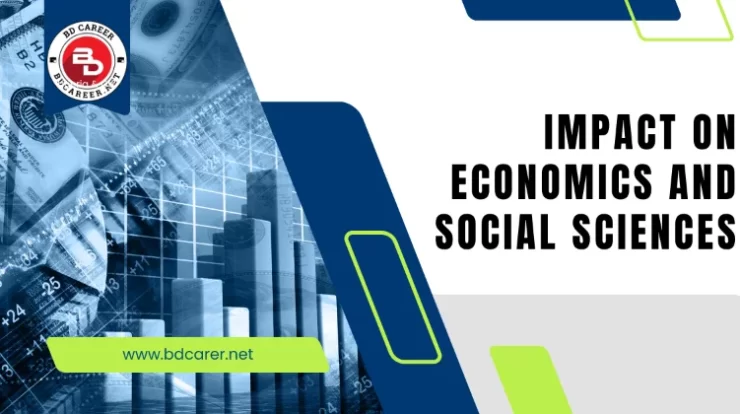
In this new era, software developers can make a direct and significant impact on the world. Using software, people can prepare their work in advance to meet the deadline. To make an easy and comfortable lifestyle, developers need tools for project implementation. For the devApp solution, developers need an AI assistant and a framework. Efficient and scalable tools are more critical in 2025. In this article, we will explore the top 10 devApps for developers. Let’s start the discussion.
Contents
What Are the Top Developer Tools in 2025?
The integration of AI, cloud-native technologies, and rapid automation shapes the developer scene in 2025. Developers must stay current with emerging technologies, such as containerization and microservices, while also creating software that is scalable, secure, and efficient.
You need to know how to use the best tools to stay employable and productive. This collection of essential development tools will help you code every day, boost your productivity, and get you ready for future jobs, whether you’re a frontend developer, backend engineer, AI expert, or DevOps guru.
Best 10 Coding Tools to Learn in 2025
Visual Studio Code
In 2025, Visual Studio Code (VS Code) remains the most popular IDE. Its lightweight and powerful capabilities make it an excellent choice for any development work, from web applications to data science notebooks.
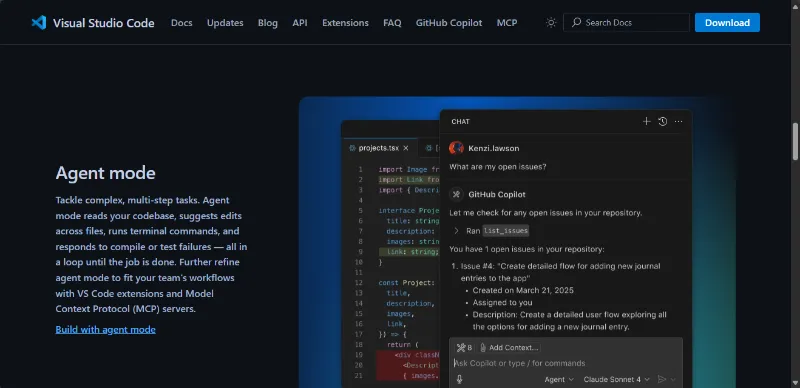
Some of the primary reasons why VSCode is still the best are:
- Huge Extension Marketplace: Developers can integrate with any stack by adding plugins for Python, Docker, and AI integrations, such as GitHub Copilot.
- Strong Debugging and Git Integration: Its built-in debugger works with many languages, and Git commands are built in for easy version control
- Customization and Productivity: Developers utilize VS Code productivity hacks, including live sharing for pair programming, custom key bindings, and snippet generators.
The 2025 edition also enhances cloud-native development by introducing extensions that enable the deployment of Kubernetes, AWS, and Azure directly from the IDE. Its focus on efficiency makes it the top IDE for developers this year.
GitHub Copilot
In 2025, GitHub Copilot went from being a promising AI pair programmer to a must-have coding tool. Copilot uses complex language models to suggest full functions, class hierarchies, and code snippets as you write.

Its ability to understand context is what makes it revolutionary. GitHub Copilot differs from other code completion tools because it understands what you intend when you leave comments or leave code unfinished. It can then develop production-ready solutions immediately. Developers use it to:
- Make prototypes of apps faster
- Learning new frameworks by using the suggested syntax
- Cutting down on repetitive coding activities
GitHub Copilot X introduces new capabilities, including code review assistance, AI agent mode, and security suggestions tailored to private codebases. These improvements make it easier for teams to incorporate AI into their work. In 2025, Copilot will be an essential tool for modern developers.
Docker
Docker remains a crucial component of DevOps and modern software development. It ensures consistency across development, testing, and production environments by packaging applications in containers.

Some of the best things about Docker in 2025 are:
- Setting up the environment is easier: Developers don’t have to deal with the “it works on my machine” problem because they put all the code and dependencies into containers.
- Microservices and Scalability: Docker Compose facilitates the management of multi-container applications, enabling the construction of scalable microservices architectures.
- Better DevOps Integration: The improvements in Docker Desktop 2025 make it easier to work with Kubernetes, and they also facilitate support for ARM architectures and Windows Subsystem for Linux (WSL).
Containerization is now the norm in the software business; therefore, every developer who wants to build, test, and deploy modern apps effectively must know how to use Docker.
React.js
In 2025, React.js is still the most popular frontend framework. It is the best solution for creating dynamic and responsive user interfaces, thanks to its component-based architecture, virtual DOM, and strong community support.
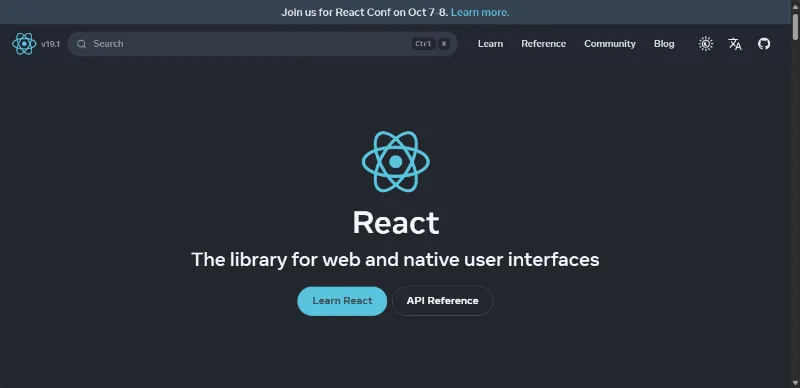
Recent improvements include:
- React 19 Server Components, which enhance the efficiency of server-side rendering and facilitate easy connection with backend APIs.
- Better Concurrent Rendering: This makes complicated UI apps easier for users to use.
- Integration with React Native: Developers can now integrate business logic between online and mobile apps, resulting in smoother operation.
React.js is a must-have skill for web developers in 2025, as it is used by companies worldwide to build scalable, maintainable, and high-performing frontend applications.
Node.js
Node.js is still one of the most popular backend technologies in 2025. Its event-driven, non-blocking I/O architecture makes it great at handling multiple requests simultaneously.

Why is it still the best?
- Single Language Full Stack: Developers can use JavaScript for both the front-end and back-end, making the team more productive and maintaining consistent code.
- Microservices and APIs: Node.js is well-suited for RESTful APIs, GraphQL endpoints, and microservices architecture due to its lightweight nature and ability to process requests quickly.
- Regular Updates: Node.js 20 introduces enhanced support for ES modules, improves security, and accelerates server-side applications.
Node.js remains essential in the backend development stack, as both small and large companies utilize it for real-time applications such as chat services, gaming servers, and collaborative tools.
TensorFlow
In 2025, TensorFlow will likely remain the leading deep learning framework for developing, training, and deploying machine learning models. Why it’s so popular:
- Versatility: TensorFlow’s APIs supports a wide range of AI applications, including neural networks, computer vision, NLP, and reinforcement learning.
- Scalability and Deployment: Developers may easily train models on many GPUs and deploy them on edge devices or in the cloud.
- Community and Documentation: TensorFlow is easy for novices to use and powerful for professionals, offering numerous resources, tutorials, and integration with Google Cloud.

TensorFlow 3.0 offers enhanced support for CUDA, improved distributed training capabilities, and libraries optimized for faster model training and inference.
Kubernetes
Kubernetes is the container orchestration platform that everyone in the industry uses. It’s necessary for managing large numbers of containerized apps.
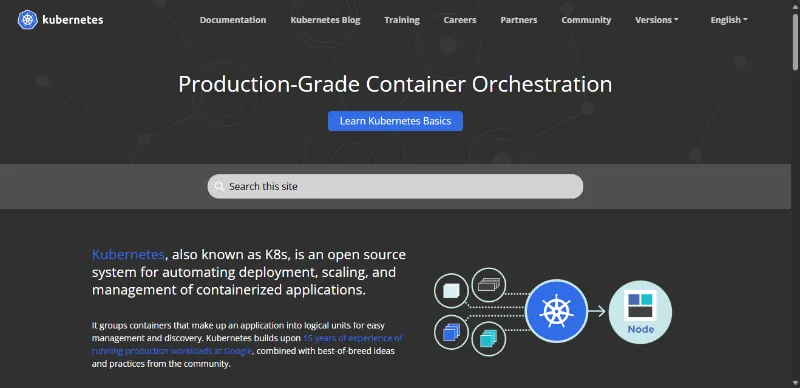
In 2025, Kubernetes will have:
- Autoscaling and Self-Healing: This feature ensures that applications are always available by scaling pods according to demand and automatically restarting containers that have failed.
- Multi-Cloud Deployment: Enhanced support for executing workloads across AWS, Azure, and Google Cloud, preventing vendor lock-in.
- Streamlined CI/CD Integration: Kubernetes integrates seamlessly with DevOps pipelines, resulting in fast and dependable deployment cycles.
The Kubernetes 2025 upgrade introduces enhanced security features, simplifies cluster management, and optimizes resource utilization. This makes it essential for cloud-native development and DevOps experts.
Flutter
Flutter is a platform that allows you to create apps for Android, iOS, the web, and desktop from a single codebase.

The main benefits of Flutter are:
- Performance: Uses the Dart language to generate native code. It makes animations smooth and the UI renders quickly.
- Productivity: Hot reload speeds up development by allowing UI changes without requiring a program restart.
- More platforms supported: Flutter 4.0 now supports 3D rendering, faster web performance, and better integration with desktop apps.
Businesses and startups choose Flutter to save money on development and accelerate the time it takes to bring a product to market, while providing a great user experience.
Postman
Postman remains the best tool for developers to use for building and testing APIs in 2025, as it is easy to use and offers numerous useful features.

Some of the main benefits are:
- API Design and Testing: Create, send, and test REST, GraphQL, and gRPC APIs without issues, and receive automatic documentation.
- Automation and CI/CD Integration: Postman’s Collection Runner and Newman CLI enable you to test APIs automatically in DevOps pipelines.
- Working together: Teams can exchange collections, environment variables, and keep an eye on APIs in real time.
Postman 2025 improvements added AI-powered request builders and better API governance tools. It is still vital for both backend and frontend developers.
Git
Git is the backbone of modern software development. It gives teams distributed version control, which helps them manage projects more effectively.
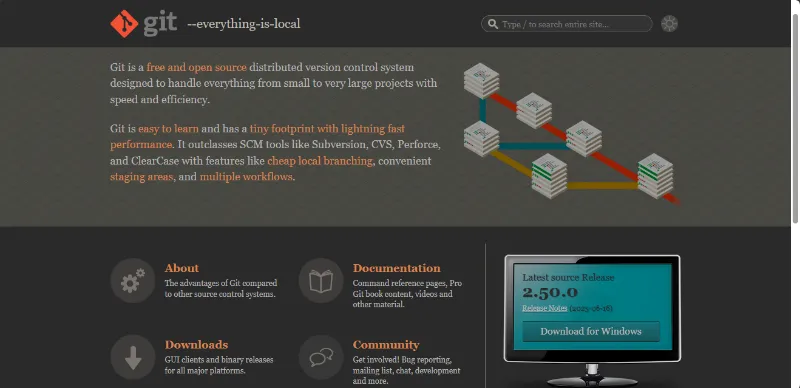
Main reasons Git is still so important:
For developing API, Postman is the best tool in 2025. It is easy to use and offers many valuable features.
Some of the main benefits are:
- API Design and Testing: Create, send, and test REST, GraphQL, and gRPC APIs without any issues, and receive automatic documentation.
- Automation and CI/CD Integration: Postman’s Collection Runner and Newman CLI enable automated testing of APIs in DevOps pipelines.
- Work together: Teams can collect, exchange environment variables, and monitor APIs in real time.
In 2025, Git is still the best way to organize source code, whether you’re working alone or with a big group.
Git effectively shows your single contribution or your contributions as part of the team.
How Can You Stay Updated with Coding Tools?
To keep updated with the latest version in software development, developers need to know:
- Follow the developer web page, like Reddit’s DEV community.
- Read the blogs of different developers and connect with them.
- Follow GitHub projects to find a framework.
- Join any tech event, online or offline, to learn from industry experts.
- Complete online courses on sites like Udemy, Coursera, and freeCodeCamp to get good at new technologies.
Following the above instructions, you will receive updates on web tools.
Conclusion
As a developer, you must be familiar with the above tools. In 2025, to implement an effective dev app, you need a scalability framework, efficiency, and easier code. You can learn new technologies from these tools that help build effective software.



